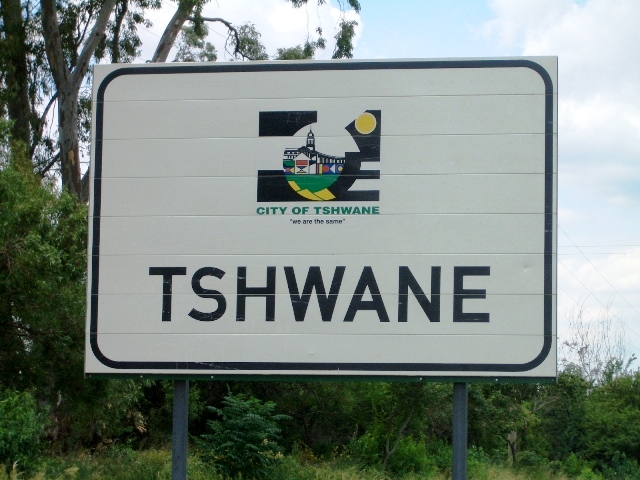Comparative accuracy evaluation of fine-scale global and local digital surface models
The Tshwane Case Study I

Conducted in the City of Tshwane, South Africa, this study set about to test the accuracy of DSMs derived from different remotely sensed data locally. VHR digital mapping camera stereo-pairs, tri-stereo imagery collected by a Pléiades satellite and data detected from the Tandem-X InSAR satellite configuration were fundamental in the construction of seamless DSM products at different postings, namely 2 m, 4 m and 12 m. The three DSMs were sampled against independent control points originating from validated airborne LiDAR data.
The reference surfaces were derived from the same dense point cloud at grid resolutions corresponding to those of the samples. The absolute and relative positional accuracies were computed using well-known DEM error metrics and accuracy statistics. Overall vertical accuracies were also assessed and compared across seven slope classes and nine primary land cover classes. Although all three DSMs displayed significantly more vertical errors where solid waterbodies, dense natural and/or alien woody vegetation and, in a lesser degree, urban residential areas with significant canopy cover were encountered, all three surpassed their expected positional accuracies overall


Comments